Parametric models have the ability to change their geometry when their dimension values are modified. Parametric 3D modeling is frequently used in the construction, real estate, and furniture production industries – primarily because of its ability to generate realistic models that can be showcased in multiple settings, environments, and landscapes. This helps buyers visualize the end product and make informed buying decisions.
Table of Contents:
What is parametric modeling?
Parametric modeling uses feature-based, solid, and surface modeling design tools for manipulating system attributes. The subsequent attributes that are automatically interlinked change their features – allowing designers to define entire classes of shapes, and not just specific instances.
Let’s understand this with an example. For modifying a 3D shape, a designer has to edit the length, breadth, and the height. But with parametric modeling, only one parameter needs to be altered, and the other two parameters get adjusted automatically.
The parametric modeling process
A set of mathematical equations are used for generating parametric models. The equations must have real project information for the parametric models to have any legitimacy. These equations are a series of pre-programmed algorithms known as “parameters”. The digital model is generated automatically by internal logic arguments instead of manual manipulation.
Parametric rules create relationships between the different design elements. Let’s suppose a rule is created for ensuring that the walls in a room must reach the ceiling underside, and start at the floor level. In this case, if the ceiling to floor height is changed, the walls will adjust on their own.
Parametric models can employ the same algorithm throughout, so that whenever a particular element is adjusted, the changes happen throughout the model.
There are two different parametric representational models – constructive solid geometry (CSG) and boundary representation (BR).
Constructive solid geometry defines parametric models by combining basic (primitive) and generated solid shapes. Boolean operations are used for constructing a model, and CSG is a combination of 3D solid primitives that are manipulated through Boolean operations.
Boundary representation generates a solid model by defining surfaces that make up its spatial boundaries. An object is then created by connecting these spatial points.
Parametric 3D modeling offers several significant advantages over traditional 2D drawings:
- It has the capability to generate flexible designs.
- 3D models can be viewed from several different angles.
- Existing models can be reused to generate new designs.
- Delivery timelines are quicker, thereby increasing efficiency.
- The product visualization is much better – even the minutest details are visible.
- 3D models integrate better with downstream applications and bring down engineering cycle time.
Some of the leading industry software for parametric modeling are SolidWorks, CATIA, and PTC. Of all three, SolidWorks 3D modeling is extremely popular because it is built with relations and dimensions that generate easily editable sizes and shapes.
Cool. So, how does the furniture industry benefit from parametric modeling?
Over the last decade, the furniture and millwork industry has been adopting the virtues of technology. Significant advancements have been ushered in by digitization, 3D modeling, and photorealistic 3D rendering. The ability of designers to create life-like prototypes that potential buyers can visualize inside their own houses has allowed them to attract more buyers and, investors, and to create a brand name for their company.
Let’s look at some benefits of using 3D parametric furniture modeling:
- Greater flexibility in designs
Parametric modeling creates flexible and dynamic renders that can adjust model parameters on a need-to-need basis, keeping the basic design consistent throughout the model. This is essential for furniture manufacturers since they need to replicate the same layout for different sizes or create variations for one product line.
Say, you’re designing a bed with options in sizes queen, king, and single bed. The basic design that is the bed, will be constant and the sizes will change as per the requirement.
- Increased precision and vibrancy in designs
Parametric 3D modeling transforms the entire design by integrating design intent with the original idea. The final designs are vibrant, as the designer has more room to experiment and add bells and whistles to the model at no additional cost – and, if the customer doesn’t like the design, the parameters can always be changed to suit the buyer’s needs.
So, if you’ve got a minimalistic house to furnish, you can create several different prototypes, taking into account the owner’s style and space constraints. The ones that get approved by the client can go for further processing, and the others can be readjusted to incorporate feedback. There will be no additional costs, no material wastage, and no time lag, since all changes would happen in real-time.
- Reduction in iterations – Boost in productivity
Most models can be reused – the parameters can be altered without re-creating everything from scratch. This brings down the number of repetitions that’re required for finding the best fit with respect to size, aesthetics, and functionality. Plus, there is more room for experimentation and exploring other options before a product prototype is finalized.
This also increases productivity, as you’re not required to produce separate models for variations in the same design.
So, as you can see, using parametric modeling for designing furniture can help decorators, manufacturers, and clients to reduce project completion deadlines, cut down expenses, and increase overall productivity.
Limitations of parametric modeling
We know that the parametric approach adds constraints to elements, meaning they cannot be altered later in the design process. While this is an empowering feature, it can sometimes be restrictive as well.
A modification early on in the model can significantly transform the subsequent features associated with the element. Sometimes, the model can even fail due to these changes. In this case, the restrictions can slow down the designing process, and even force designers to recreate the model from scratch.
However, such limitations have been greatly reduced in recent years. Improvements in parametric modeling tools and parametric modeling software have offered more flexibility to designers. Of course, working with the right partner always reduces the risk of failure. With BluEntCAD‘s parametric modeling process, you can get a complete range of design geometry with design intent. Let us know how we can help you today!
Maximum Value. Achieved.


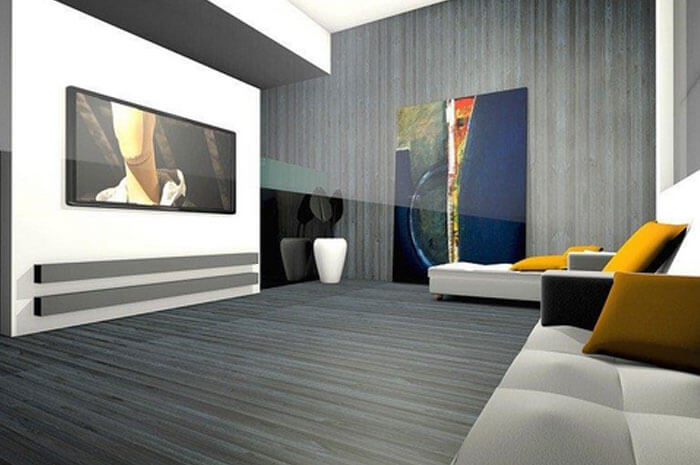
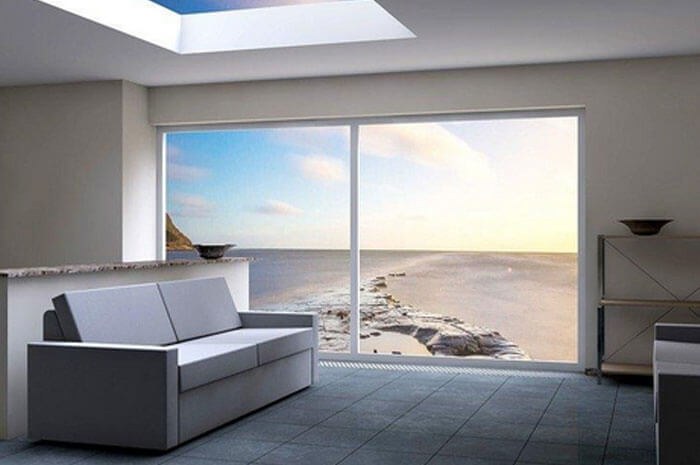
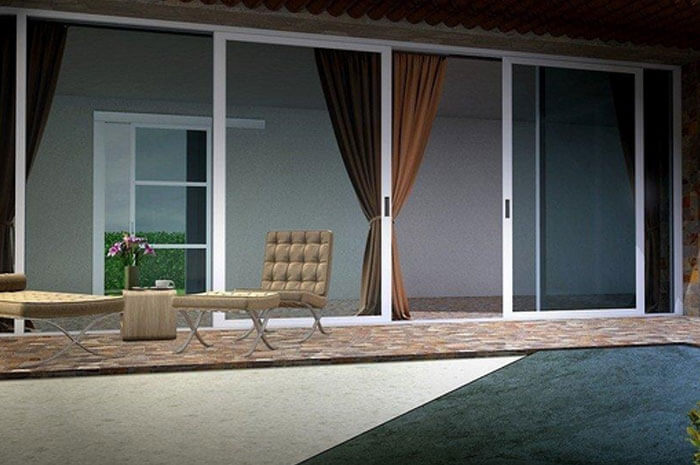




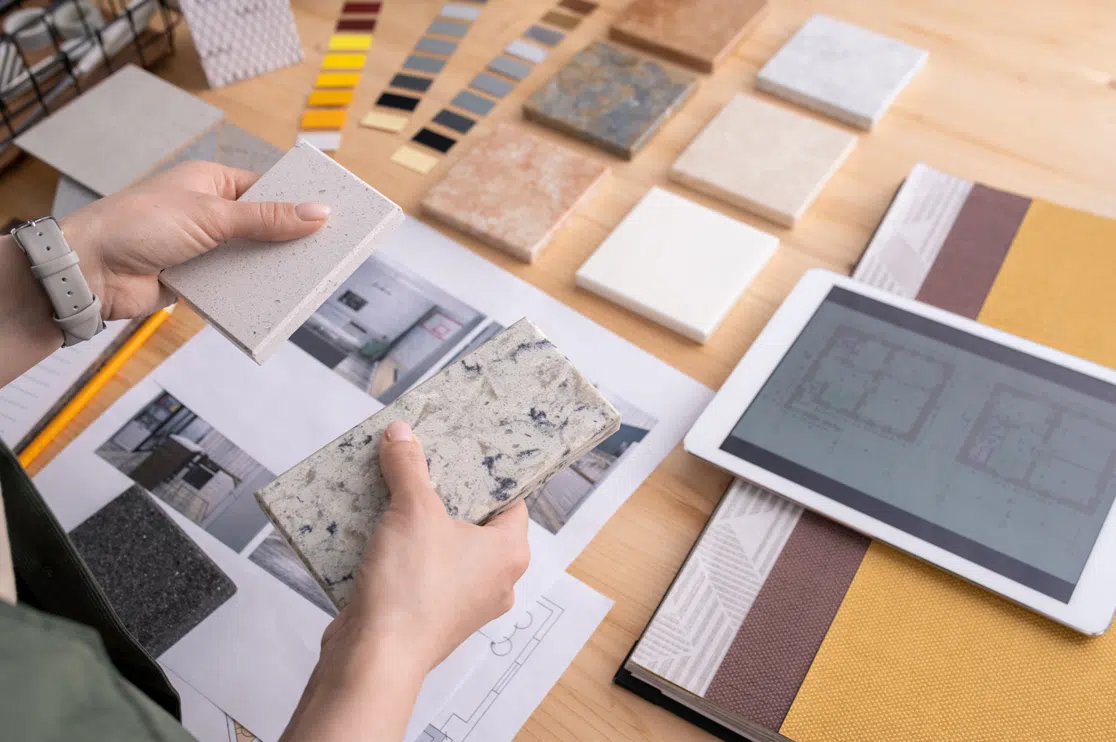 AutoCAD And RFMS: Find the Perfect Fit for Your Tile & Stone Shop Drawing Projects
AutoCAD And RFMS: Find the Perfect Fit for Your Tile & Stone Shop Drawing Projects 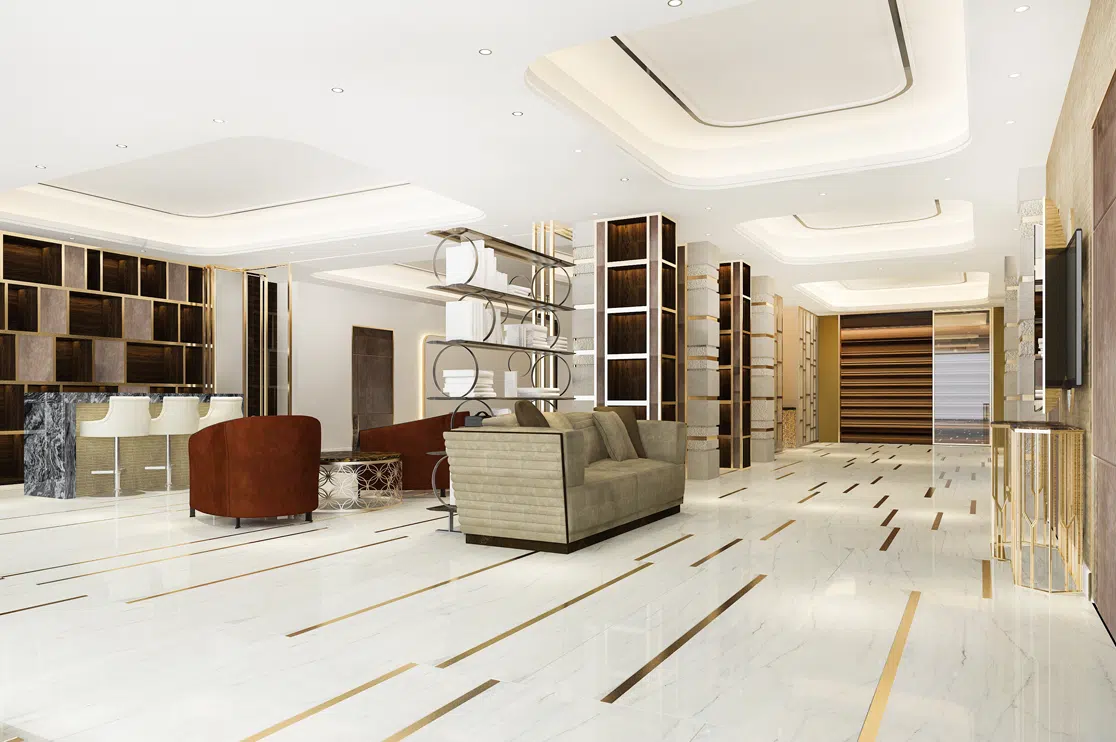 Exploring the Array of Tile & Stone Shop Drawing Services: Choose Your Right Solution
Exploring the Array of Tile & Stone Shop Drawing Services: Choose Your Right Solution 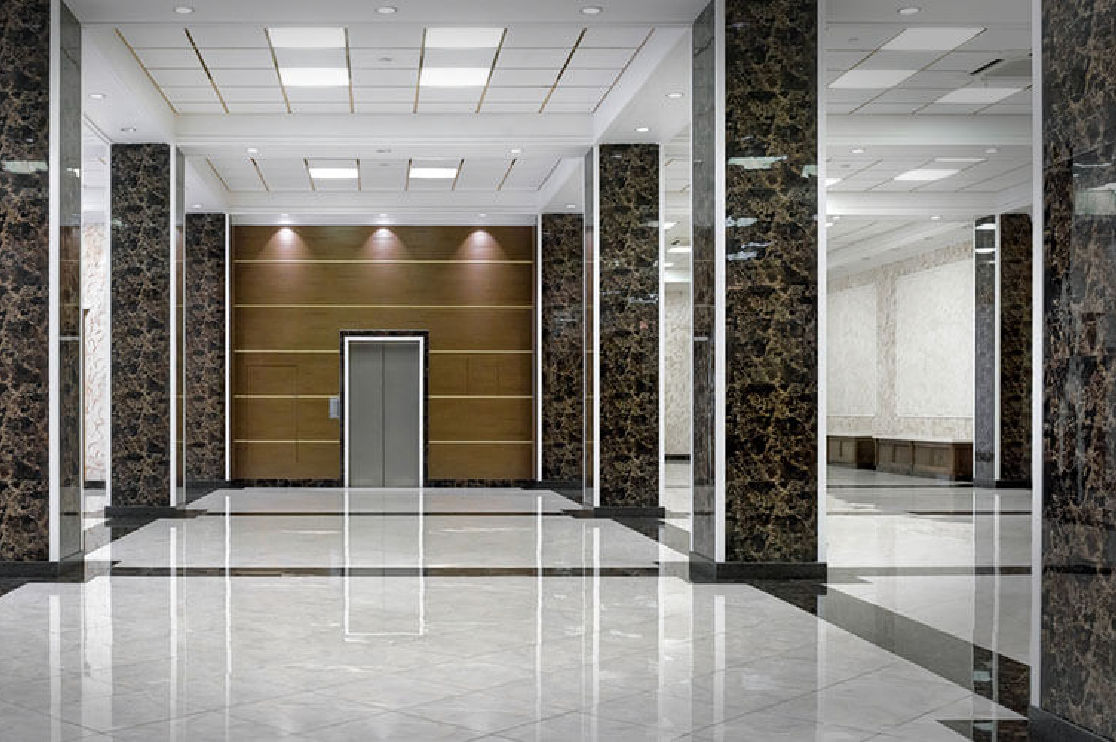 Mastering the Tile Shop Drawing Workflow: How Precision Prevents Costly Delays and Chaos
Mastering the Tile Shop Drawing Workflow: How Precision Prevents Costly Delays and Chaos 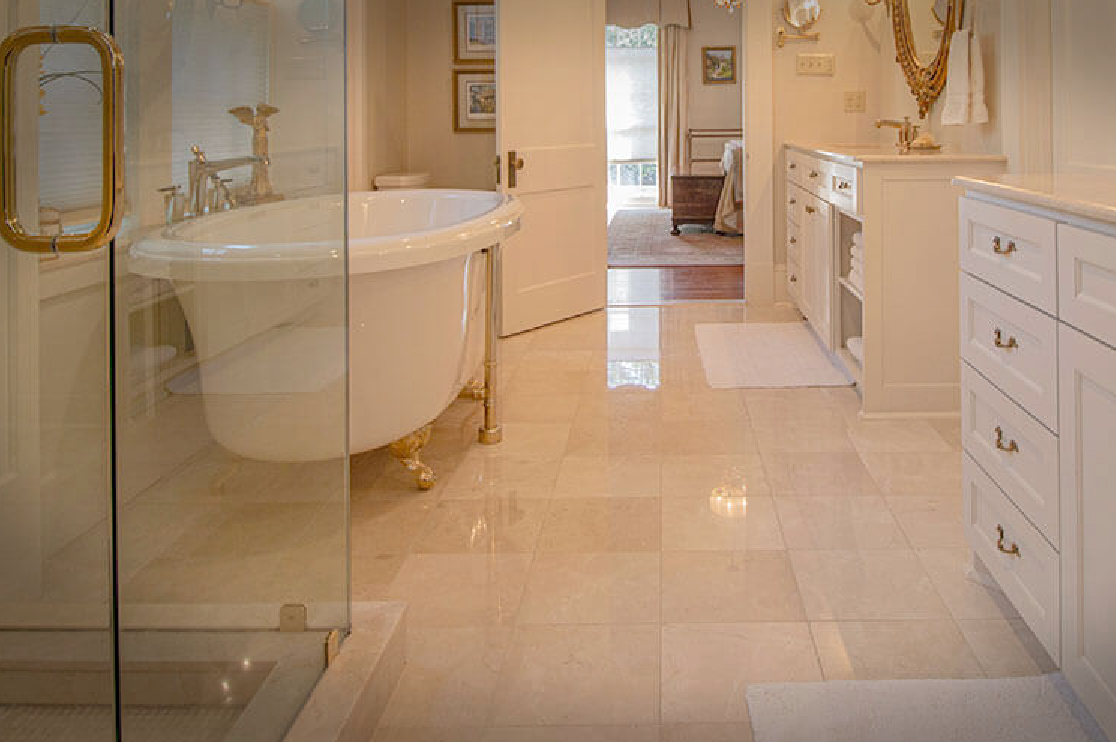 On Time, Everytime! Reasons to Choose BluEnt as Your Tile & Stone Shop Drawing Partner
On Time, Everytime! Reasons to Choose BluEnt as Your Tile & Stone Shop Drawing Partner